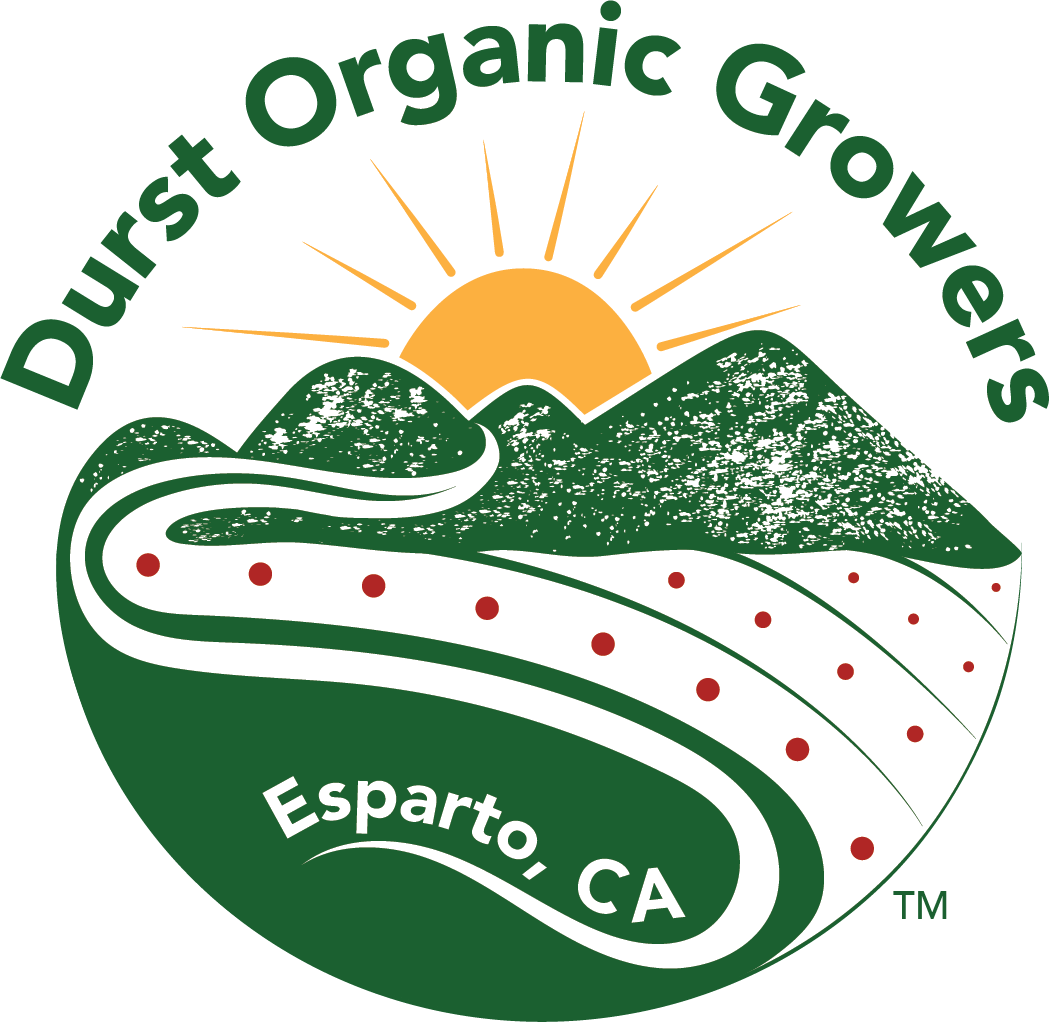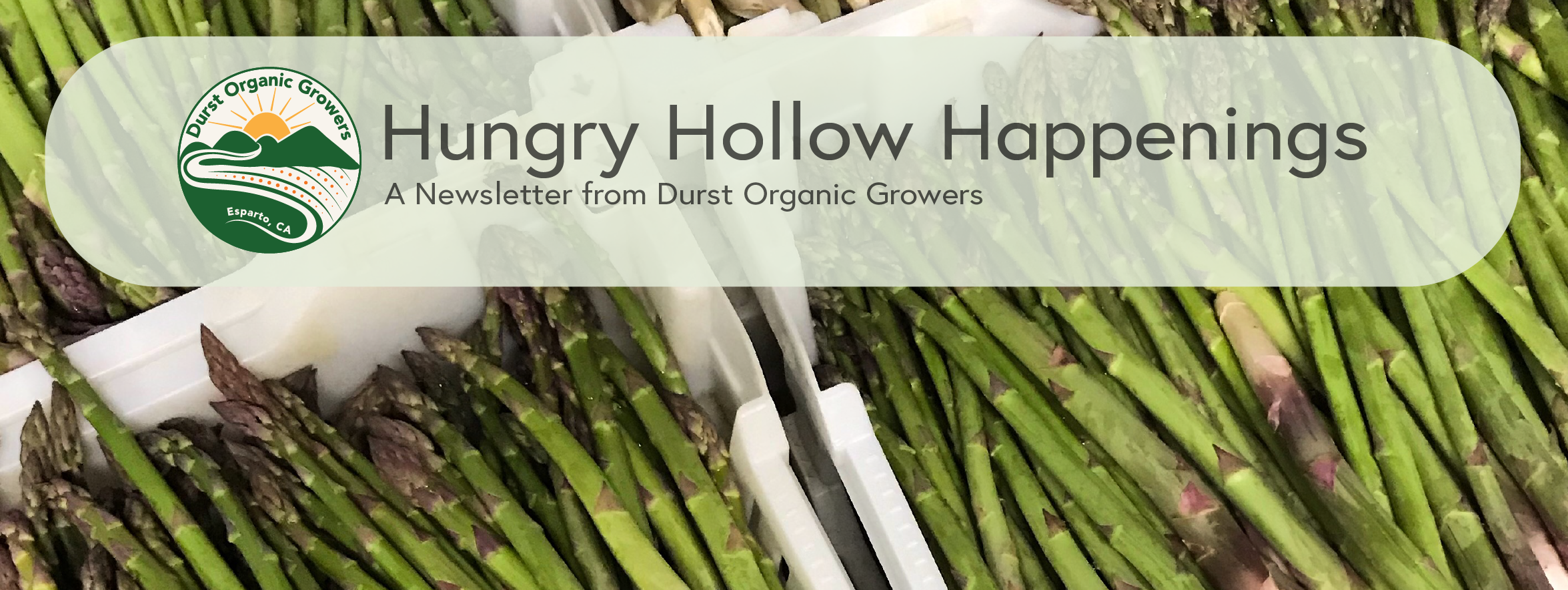Pest Management
Striking a Balance
Pest management is just that, learning to live and work in an environment where some sort of balance is maintained. It is not eradication, it is not warfare. It comes down to this:
As farmers, we need to make money from our efforts and investments;
At the same time, insects need a place to live and fulfill their biological cycles.
So the questions we ask ourselves are:
What do we, as farmers, need to make our business successful?
What role do the insects and diseases play in this endeavor?
What knowledge and understanding do we need to allow this interface to exist, so we both win?
At Durst Organic Growers, this is the basis of pest management: co-existence in the agricultural eco-sphere. All participants are winners. All participants are honored.
In practice, this philosophy takes the form of intensive daily monitoring. Knowing what insects are in your field and how they are interacting is critical to a strong pest management program. Some of the monitoring practices we employ include: using sticky traps, scouting, observation, sweeping, and shaking plants.
When imbalances occur, our modes of response differ depending on the situation. See below for an example of some of our approaches. Keep in mind that all approaches are organically approved by CCOF.
Setting Ourselves Up for Success
Plant variety selection
Timing of planting with respect to pest life cycles
Resistant Soils
Crop Rotation
Habitat Modification
Inter-planting
Harbor strips
Beneficial insect inundative releases (Green lace wings, pirate bugs, etc.)
Disrupting Insect Cycles
Disruptors
Feed Deterrants
Plant Defense Boosting
Reducing Insect Populations While Maintaining Beneficials
Selective pesticides such as Bt and Spinosad
Worst Case Scenario (i.e. We are going to lose the field)
Pyrethrins - natural extract of chrysanthemums that kills most insects. As these can majorly disrupt beneficial populations as well, we avoid using them unless absolutely necessary.















Encouraging and creating habitat that supports biodiveristy on and around the farm is an ongoing process. Some versions of habitat creation are more obvious and visible than others (hedgerow plantings vs. soil microbiology), while others yet involve some light construction and excavation projects! This winter, we worked on the latter and installed a few new hopeful-habitats for some farm friends we’d like to see stick around.